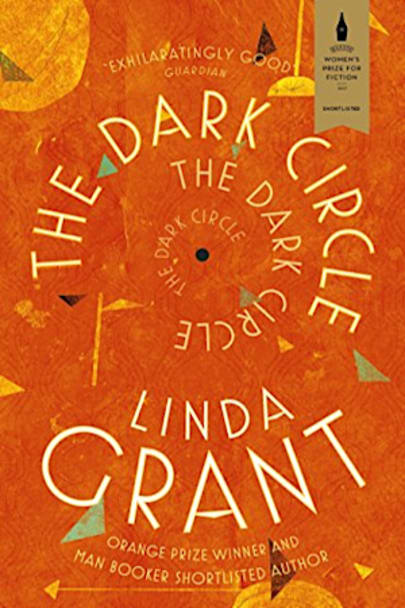Shortlisted for the Baileys Women’s Prize for FictionThe Second World War is over, a new decade is beginning but for an East End teenage brother and sister living on the edge of the law, life has been suspended. Sent away to a tuberculosis sanatorium in Kent to learn the way of the patient, they find themselves in the company of army and air force officers, a car salesman, a young university … young university graduate, a mysterious German woman, a member of the aristocracy and an American merchant seaman. They discover that a cure is tantalisingly just out of reach and only by inciting wholesale rebellion can freedom be snatched.
more



The circle of former TB patients
This book by Linda Grant, who I had already quite appreciated in “Upstairs at the Party”, transports the reader to a British sanatorium in the 1950s where tuberculosis patients were kept, or perhaps the most correct word is segregated. The story takes place at a time when streptomycin had already been discovered, but had not yet arrived in the UK, so the characters live in the hope that they can be cured sooner or later and not end up like all their predecessors.
The story specifically follows two teenage London twins, Lenny and Miriam, who are sent to a sanatorium in Kent by the British National Health System. Here they live with people from a very different social background, but the disease that unites all of them smooths out the differences and allows the creation of very close relationships.
The author uses tones that are sometimes light in telling the stories of the protagonists, but alongside this she describes the painful, cruel and useless treatments, as well as the psychological abuse, to which all patients are subjected. The contrast between the two leaves its mark as you read, as you go from laughter to horror, anger and sadness, and makes you mull over when you close the book.
The characters come out of the pages and their banal daily vicissitudes, in the way they are shown to us by the author, become almost compelling, as well as one is shocked to enter the sick mind of the doctor who is supposed to cure them.
For me it was also an opportunity to learn more about the historical period in relation to the clumsy attempts to treat tuberculosis, before effective and definitive cures were available.
I didn’t put the fifth star on because of the bittersweet ending. Perhaps it was difficult to come up with a better one, given the story, but, as happened with the other book by the author that I read, I had the distinct impression that there was a drop in tension and excessive dragging into the final part of the book.
I really enjoyed this book. It was my first Linda Grant and I rather wallowed in it – lovely writing. I found the time and place beautifully evoked and it provided a fascinating insight into a hideous disease that was once commonplace.
When I was a child my mother had cancer and recovered in a hospital that was a former TB isolation hospital. I vividly remember visiting this architecturally modernist structure and waving up to my mum in her upstairs window – I was not permitted to enter. By then TB was a thing of the past – but the very recent past and I suppose the memory of the place and its original purpose lingered with me over the years. The Dark Circle was a way to give me a peek inside what it must once have been like with TB patients lying in their beds on their south-facing balconies in all weathers.
One of the interesting aspects of the book is the throwing together of people from different classes in the post war period. The war itself had been a great leveller with former debs working as land girls and ambulance drivers, but the best leveller of all is a deadly disease. The Gwendo hospital was built as a private treatment facility for the well-heeled but the advent of the National Health Service had required it to open its doors to anyone suffering from tuberculosis. Ironically that would not be the case today.
The book is graphic in its descriptions of the illness and its grizzly treatment – not one for the squeamish. It is hard to credit some of the terrible things done to some of the patients – including children strapped down all day long in their beds and a young woman having several of her ribs removed in order to deflate one lung. While the rest-cures and treatments proceed, the Gwendo also has its own ecosystem, its hierarchies, where unlikely friendships and relationships are forged. I think Linda Grant was less successful in this aspect of the book – characters come and go and are not always fully developed and their motivations and actions are not always credible.
My overall verdict is a thumbs up for its re-creation of an age and an illness that was within living memory but now seems so far away. In an age today where antibiotics are over-used and, we are warned, becoming increasingly ineffective this book is a salutary reminder of a world without them.